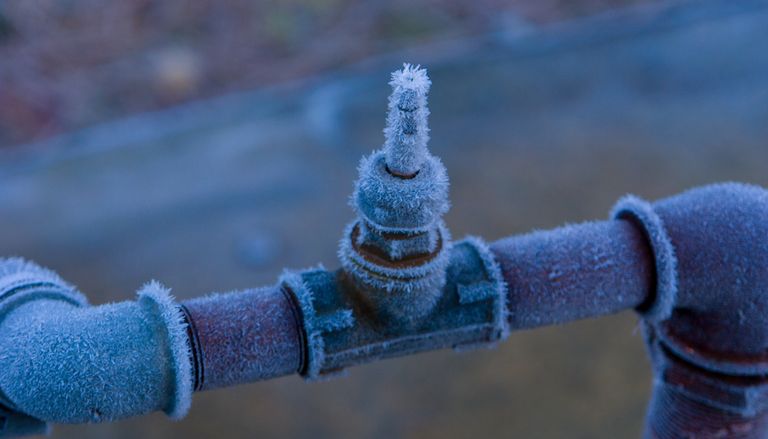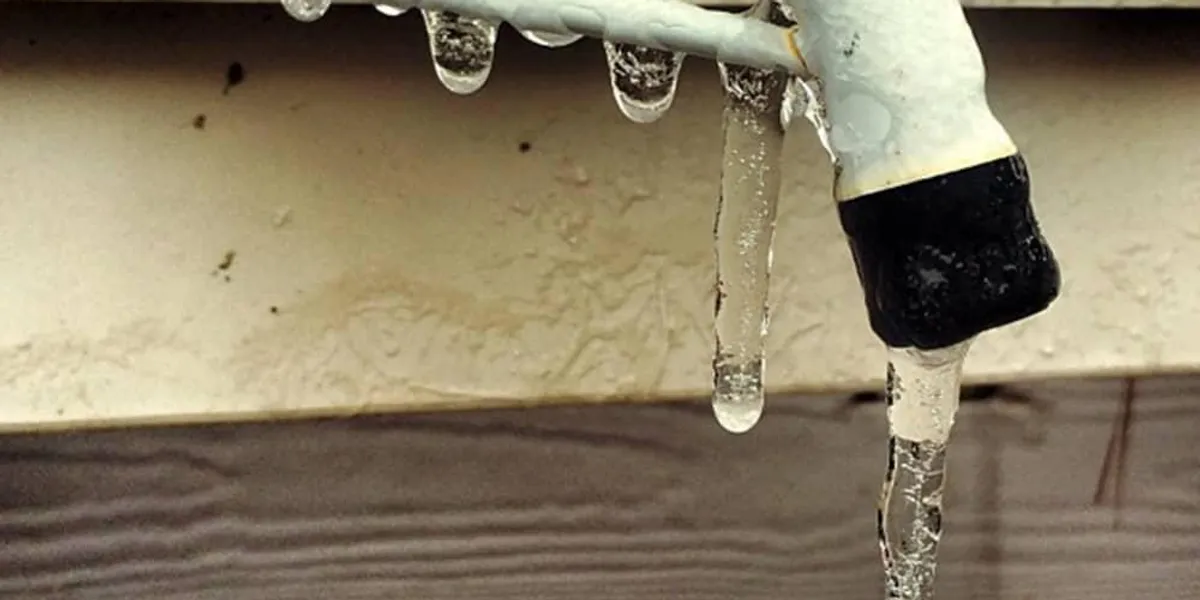Have you been in search of ideas about Winter Plumbing Precautions: Preventing Frozen Pipes?

Cold weather can wreak havoc on your plumbing, particularly by freezing pipelines. Below's how to prevent it from occurring and what to do if it does.
Introduction
As temperature levels decline, the danger of icy pipelines increases, potentially bring about costly repairs and water damages. Recognizing how to prevent frozen pipes is crucial for property owners in chilly environments.
Prevention Tips
Protecting prone pipes
Wrap pipelines in insulation sleeves or make use of warmth tape to secure them from freezing temperature levels. Concentrate on pipelines in unheated or exterior areas of the home.
Home heating methods
Keep interior spaces sufficiently heated up, specifically areas with pipes. Open closet doors to allow warm air to circulate around pipelines under sinks.
How to recognize icy pipes
Seek reduced water flow from faucets, uncommon smells or noises from pipelines, and visible frost on subjected pipelines.
Long-Term Solutions
Structural changes
Take into consideration rerouting pipes far from outside walls or unheated areas. Add extra insulation to attic rooms, basements, and crawl spaces.
Updating insulation
Purchase high-quality insulation for pipelines, attics, and walls. Appropriate insulation assists keep regular temperature levels and reduces the threat of frozen pipelines.
Shielding Exterior Pipes
Garden hose pipes and outdoor taps
Disconnect and drain yard hoses before winter. Install frost-proof faucets or cover outside faucets with protected caps.
Comprehending Frozen Pipelines
What triggers pipelines to freeze?
Pipes freeze when subjected to temperature levels listed below 32 ° F (0 ° C) for extended durations. As water inside the pipes ices up, it expands, taxing the pipe walls and possibly causing them to break.
Dangers and problems
Icy pipes can cause water supply disruptions, property damage, and expensive repairs. Ruptured pipelines can flood homes and trigger considerable architectural damage.
Indications of Frozen Water Lines
Recognizing icy pipelines early can prevent them from bursting.
What to Do If Your Pipes Freeze
Immediate activities to take
If you believe icy pipelines, keep faucets open to relieve stress as the ice thaws. Use a hairdryer or towels soaked in warm water to thaw pipes slowly.
Verdict
Protecting against icy pipes calls for positive measures and fast actions. By understanding the reasons, signs, and safety nets, property owners can protect their pipes throughout winter.
5 Ways to Prevent Frozen Pipes
Drain Outdoor Faucets and Disconnect Hoses
First, close the shut-off valve that controls the flow of water in the pipe to your outdoor faucet. Then, head outside to disconnect and drain your hose and open the outdoor faucet to allow the water to completely drain out of the line. Turn off the faucet when done. Finally, head back to the shut-off valve and drain the remaining water inside the pipe into a bucket or container. Additionally, if you have a home irrigation system, you should consider hiring an expert to clear the system of water each year.
Insulate Pipes
One of the best and most cost-effective methods for preventing frozen water pipes is to wrap your pipes with insulation. This is especially important for areas in your home that aren’t exposed to heat, such as an attic. We suggest using foam sleeves, which can typically be found at your local hardware store.
Keep Heat Running at 65
Your pipes are located inside your walls, and the temperature there is much colder than the rest of the house. To prevent your pipes from freezing, The Insurance Information Institute suggests that you keep your home heated to at least 65 degrees, even when traveling. You may want to invest in smart devices that can keep an eye on the temperature in your home while you’re away.
Leave Water Dripping
Moving water — even a small trickle — can prevent ice from forming inside your pipes. When freezing temps are imminent, start a drip of water from all faucets that serve exposed pipes. Leaving a few faucets running will also help relieve pressure inside the pipes and help prevent a rupture if the water inside freezes.
Open Cupboard Doors
Warm your kitchen and bathroom pipes by opening cupboards and vanities. You should also leave your interior doors ajar to help warm air circulate evenly throughout your home.

I came across that content on Prevent Frozen Pipes while doing research the internet. Sharing is nice. Helping others is fun. I treasure your readership.
Book A Service